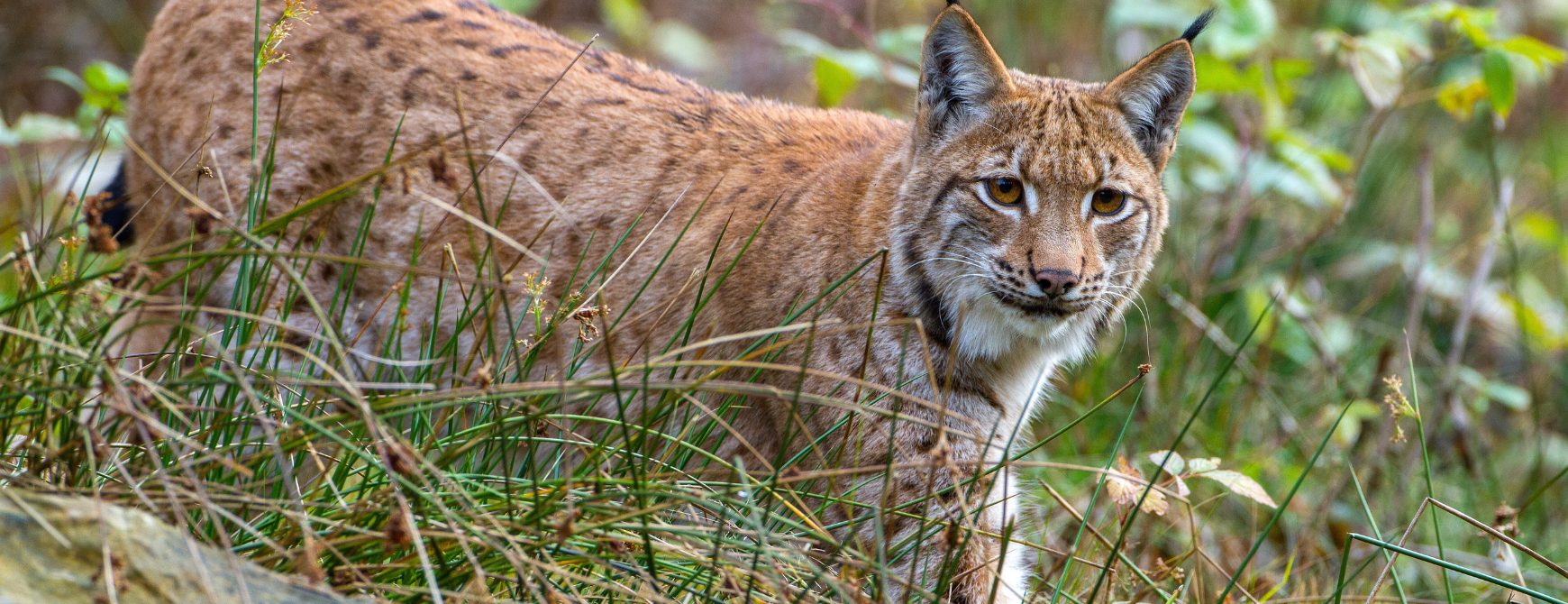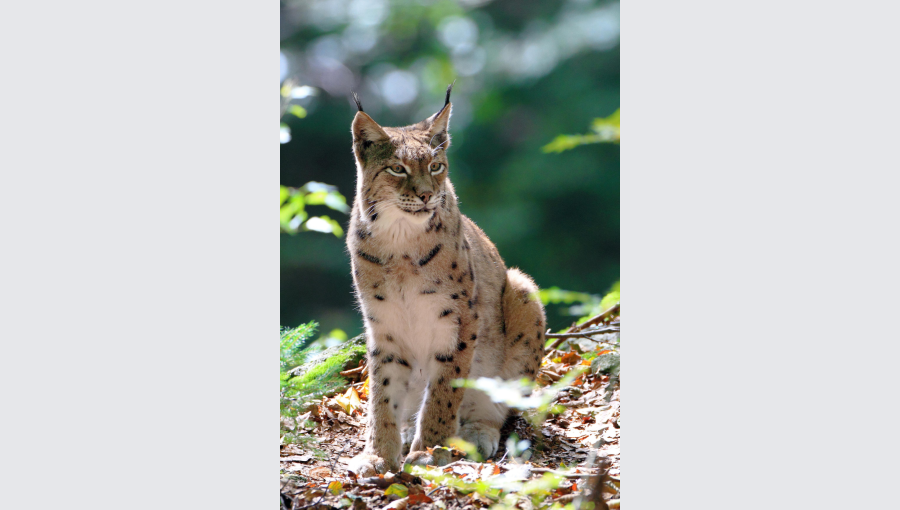LIFE Lynx project - preventing the extinction of the lynx in the Dinaric Mountains and the South-Eastern Alps

Matej Vranič/UL BF
Date of publication:
How to save the Eurasian lynx population in the Dinarides and the South-Eastern Alps from extinction again? This is the challenge that the LIFE Lynx project, in which the Biotechnical Faculty of UL participated as a partner, has successfully tackled. Before the start of the project, there were 20 adult lynx in Slovenia, which were threatened by inbreeding. A total of 14 animals were introduced from the Romanian and Slovakian Carpatian Mountains, 9 of them in Slovenia and 5 in the Croatian Dinaric Mountains. This not only saved the population, but also set an example of good practice for all future attempts to reintroduce lynx or similar large carnivore species in Europe.
The status of the lynx population was closely monitored through various methods: lynx movements were assessed by telemetry collars, population abundance was assessed through photo-trap monitoring and genetic diversity was analysed through the collection of DNA samples. UL has played an important role in this process by developing new methods (genotyping from DNA found in tracks in the snow) and by introducing a new population monitoring system based on the identification of individuals from photographs obtained via photo-trapping. The latter has resulted in the knowledge of the abundance and density of the lynx population at the transboundary level (Slovenia, Croatia). It is the largest area of lynx monitoring by photo-trapping in Europe and beyond.
The project, which lasted seven years, ended at the end of March. Its positive effects are already visible: the population has been genetically strengthened, the level of inbreeding has fallen below the critical threshold, the range, density and abundance of the population have increased. In addition to a favourable genetic status, it is important for the long-term conservation of lynx that the population does not remain isolated. The Ljubljana-Koper motorway is a major linear barrier that severely reduces the connectivity of the habitat, which clearly indicates the need to build a green bridge for the unhindered passage of wildlife. How to integrate connectivity and spatial suitability into spatial planning is presented in the handbook.
In collaboration with partners from Italy and Croatia, three surveys were carried out to monitor the attitudes of the general public, farmers and hunters towards lynx. The results show that the public in all three countries has been strongly supportive of lynx conservation and reintroduction throughout the project. In Slovenia in particular, the project was strongly influenced by the support and involvement of hunters, who are a key stakeholder for the long-term conservation of the lynx. Various painting events, an educational seminar for tourist guides and a study visit for foreign journalists and tour operators were also organised to promote the positive aspects of lynx coexistence. UL was involved in the creation of a thematic educational trail in Kočevje, which was awarded the prize for the best thematic trail in 2023. Selected schools were involved in the Young Lynx Guardians programme, where pupils took part in a field day and presented facts and interesting facts about the lynx to the local community through a school event. A handbook and didactic material were produced for teachers. UL researchers have co-authored and published more than 40 scientific papers.
The LIFE Lynx project has demonstrated that an integrated approach, based on a combination of science, an effective field approach, sufficient social awareness and, above all, cooperation with key stakeholders, can prevent the local extinction of Europe's most endangered large carnivore species and ensure its continued existence. By participating in this project, UL has demonstrated that it is an important generator of knowledge and the introduction of new practices in the field of the protection of our natural heritage.



